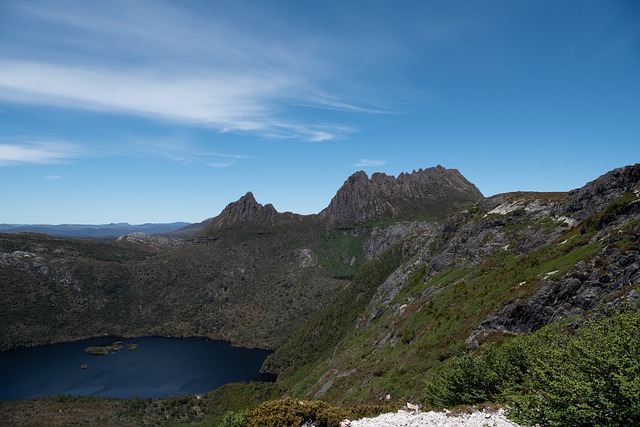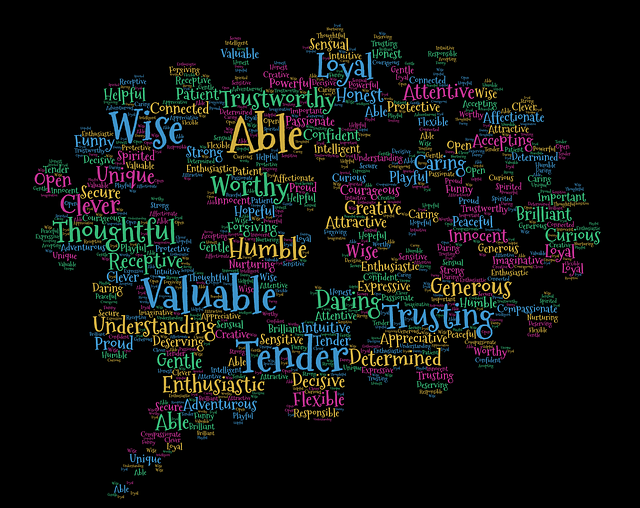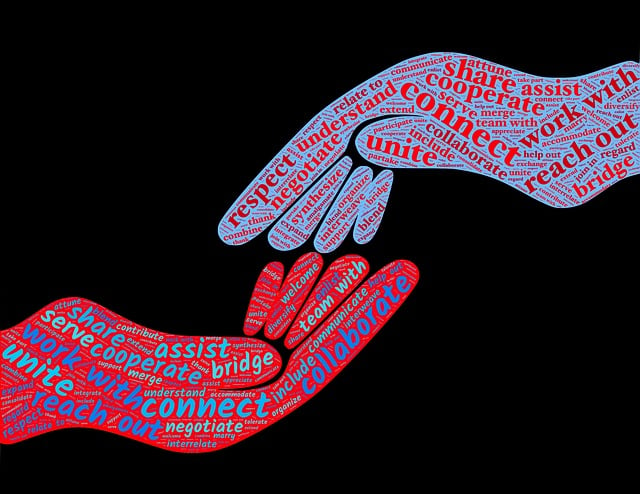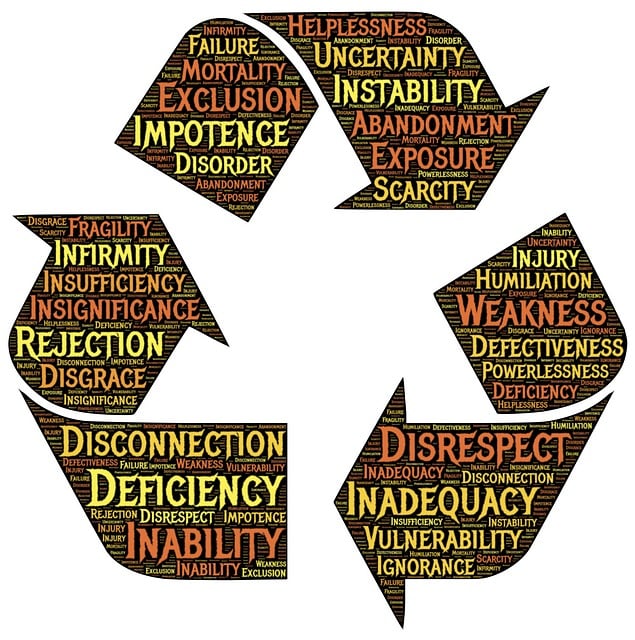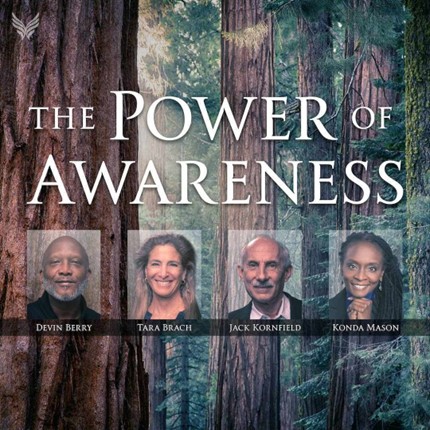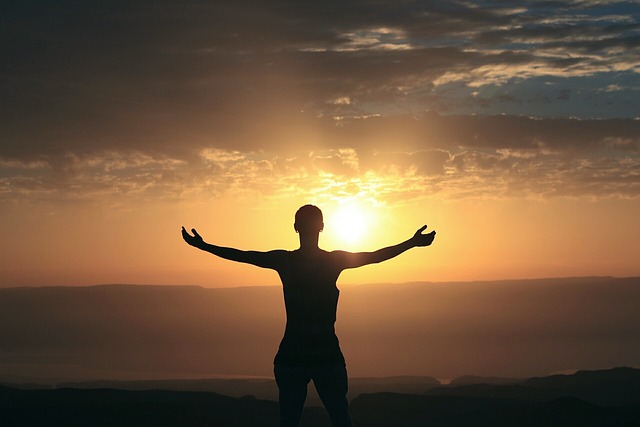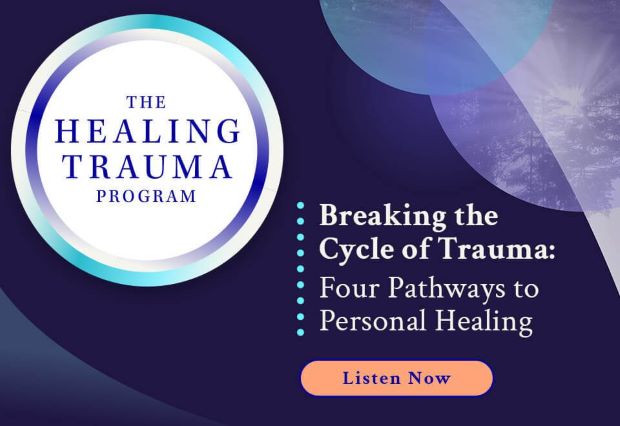Georgina Miranda facilitated a meditation on the theme of Awaken to the Flow of Gratitude in Nature. In her guided meditation on the 12-Minute Meditation podcast on 12 July 2024, Georgina takes us through a meditation practice that can be conducted anywhere in nature – it could be in our backyard, the local park, or our favourite place in nature. People typically have some favourite place where they experience nature – it could be at the beach, in the mountains or by a river or creek. Georgina encourages us to use nature to reset, to open ourselves to our unity with nature and to let a sense of gratitude flow through us as we experience its stimulation of our wonder and awe.
Georgina is an author, activist, mountaineer, transformation and leadership facilitator. She helps individuals and organisations globally to move beyond their comfort zone, expand their awareness and “shift mountains within themselves and the world around them”. Her activism focuses on protection of nature and our planet, and protection of women against violence. Through her social enterprise, She Ventures, she works consciously to “unleash the untapped potential of women around the world”, offering consulting, coaching and inspirational events designed to achieve self-realisation and effect positive global change.
Georgina herself uses nature, and especially her mountain climbing, as a way to move beyond life’s challenges and to achieve a different perspective on whatever is troubling her. For her, nature provides a “reset” – enabling a movement from emotional turbulence to emotional regulation and calm.
Guided meditation process
Georgina suggests at the outset that we take our place in nature – wherever that may be in terms of accessibility and convenience. She encourages us, for the purposes of this meditation practice, to avoid treating the activity in nature, e.g. walking, as an exercise (an act of “doing”) but as a mindful moment (an act of “being”). The focus is on connection with nature through our breath and sensory awareness.
Georgina begins by having us become aware of our own breath – its pace, its temperature (hot or cold) and its evenness or fluctuations. She reminds us of our connection with nature through our breath – our outbreath is nature’s inbreath. Also, we draw vital oxygen from the plants and trees that surround us.
Georgina then leads us on a sensory journey. We are invited to take in the sights that surround us at a macro and micro level – the broader terrain and the proximate features of nature. We can notice the undulations in the landscape or the flow of waves breaking on the shore; the small plants and larger trees; the cultured lawns and the wild bush. On a closer look, we can view the colours that surround us, taking in plants, water and sky (with the colours of clouds – black, white, blue and grey). With a closer inspection, we can observe the leaves (their form, distribution and colour), the veins coursing through the leaves and the lines or markings that are visible to the naked eye. We could be watching dragonflies flutter above tall grass, grasshoppers gnawing on leaves of citrus trees, butterflies flitting through the air with no apparent goal, birds descending on bottlebrushes to draw nectar, Pelicans gliding gracefully across the Bay in search of schools of fish, or ladybirds landing on roses in our garden to feed on aphids.
We can take in the smells that surround us. It could be the salt from the sea, the earthy smell from soil and fallen leaves, or the tree born odours such as eucalyptus or wattle. It could be the strong smell emitted by herbs such as basil, lavender, or oregano – each with its own distinctive aroma. There may also be the smell of approaching rain or the earthy smell of sodden ground.
We can attune our ears to the sounds in nature. It could be the breeze blowing and rustling the leaves of the trees, the sound of rain hitting the ground, the whistle or song of adjacent birds. In paying attention to the sounds of birds we can notice sounds above, below, beside and in front of us – sometimes as small finches flitter amongst small, colourful bushes. Along with the sounds of the birds, we can pay attention to the colours, size and form of the birds we observe.
Attention to nature through conscious awareness can engender calm and contentment, increase our resourcefulness and enhance our sense of connection with all living things. Through immersing ourselves in nature we can experience gratitude for the air we breathe, the sights and sounds we experience, and the feelings of awe and wonder. We can appreciate how nature helps us to reset, broaden our perspective, reduce our agitation and heal us. We can bathe in nature’s beauty, aliveness and adaptability.
Reflection
I’ve been reading Kate Legge’s novel, Kindred: A Cradle Mountain Love Story, that traces the story of Gustav Weindorfer and Kate Cowie who fell in love with each other and with Cradle Mountain in Tasmania. They were both amateur botanists and members of the Field Naturalists Club of Victoria, established in 1880. They set about establishing eco-tourism in Cradle Mountain and Gustav is credited with strongly promoting (and achieving) the development of a national park in the area so that its beauty could be enjoyed by all nature lovers. Cradle Mountain is now visited not only by thousands of tourists but also by scientists from all over the world.
Kate Legge gives us a glimpse of Cradle Mountain and its surrounds through the eyes of dedicated botanists, Gustav and Kate, as they travelled the mountains collecting, documenting and preserving plant specimens some of which they sent to Germany, Austria and Britain. In 1903, before Kate and Gustav were married, Kate presented a paper to the Naturalists Club about Mount Roland in the region of Cradle Mountain. She expounded on the magnificent view from the top of the mountain and contended that botanists and geologists alike “must pause to admire it, with that silent outreach of the soul toward eternal beauty”.
Gustav himself frequently recorded his travels and discoveries as he indulged his “wanderlust” through nature. He wrote letters for his botanist colleagues around the world, reports for the Naturalist Club and articles for newspapers. One such article published in 1910 in The Weekly Courier describes Holidays in the Cradle Mountains in these effusive words, capturing sights and sounds of the mountain as he gazed in awe and wonder:
…through the silent darkness of this supreme mountain solitude stole the murmuring sound of rippling water leaping from rock to rock, gladly escaping from the sombre shadows of the lake to the sunshine of the valley. [Notice how the alliteration with the letter “s’ evokes silence penetrated by awesome sights and sounds]
Kate Legge, herself a mountaineer as well as author and journalist, found inspiration for her writing in walking mountain trails. In a chapter in her later book, Infidelity and Other Affairs, Kate discusses her “walking life”. She likens walking to writing – “walking is one foot in front of the other, just as writing is one word before another”. Other similarities she identifies are obstructed progress, concentration and shifting attention, movement towards and away from a destination. For Kate, walking is “thinking time” that provides a “fresh perspective”. She maintains that walking “rejuvenates the body and the mind and gives rise to rumination”. Kate shares the perspective of naturalist Henry David Thoreau who advocates “sauntering” and who communed with nature “on daily rambles, rarely taking the same path twice”. She suggests that with this approach we can succumb to a “meditative trance” as we scan the horizon or focus “on small miracles”, such as a “leaf curled in a web”.
So often “shoulds” get in the road of our communion with nature – the “doing” deadlines that are often self-imposed. However, when we make the time to grow in mindfulness through natural awareness, we can really appreciate the benefits of nature and our connection with our natural environment.
___________________________________________
By Ron Passfield – Copyright (Creative Commons license, Attribution–Non Commercial–No Derivatives)
Disclosure: If you purchase a product through this site, I may earn a commission which will help to pay for the site, the associated Meetup group and the resources to support the blog.
